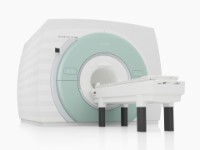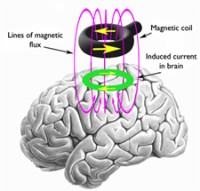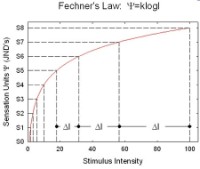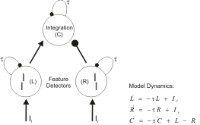Research interests of Frank Scharnowski:
My work focuses on understanding human brain processing in health and disease.
Now how do you study such an extremely complex system like the human brain? My approach is to manipulate brain activity and to subsequently determine how such manipulations affect perception and behavior. In order to manipulate brain activity without surgery and without drugs, I use non-invasive techniques such as neurofeedback and transcranial magnetic stimulation (TMS). These approaches allow to manipulate regionally specific brain activity, thus enabling us to establish a causal link between brain activity and behavior. We showed, for example, that neurofeedback-based 'brain training' of visual cortex improves visual sensitivity. We also showed that voluntary control over the motor cortex affects motor reaction times, and that control over the parahippocampal complex affects memory performance.
At the end of the day, I do not only want to understand how the human brain works, but to also make use of this knowledge to the benefit of patients suffering from neurological and psychiatric conditions. I therefore started working with clinicians to use these techniques in order to 'normalize' abnormal patterns of brain activity that are associated with, for example, neglect, blindsight, depression, PTSD, or addiction.
METHODS:

(real-time) fMRI
I used the 3T Siemens scanners at the Wellcome Trust Centre for Neuroimaging (UCL), the BBL (University of Geneva), the 7T Siemens scanner at the CIBM (Swiss Institute of Technology Lausanne), and the 3T Philips scanner at the PUK (University of Zürich).
For the real-time analysis, I use my own software, TurboBrainVoyager, and Yury Koush's OpenNFT. For the offline analysis, I use Statistical Parametric Mapping (SPM).

Transcranial Magnetic Stimulation (TMS)
I use TMS to non-invasively interfere with ongoing brain processing. The main advantage of TMS is that it is temporally very precise, i.e. in the range of milliseconds.

Psychophysics
I use psychophysical methods such as determining visual thresholds, determining visual sensitivity (d'), and measuring reaction times in order to, for example, assess the effects of neurofeedback training.

Computational Modelling
I use computational models to quantify computational principles underlying information processing in the human brain. Such models are rather simplistic and very far from describing the messy brain soup. However, the main advantage of this approach is that one has to explicitly formulate assumptions that are otherwise well hidden in sophisticated words or colorful flow diagrams.
This research would not have been possible without the generous funding of:






